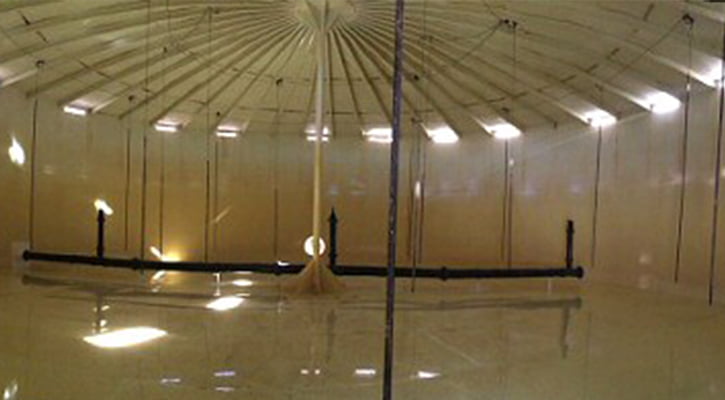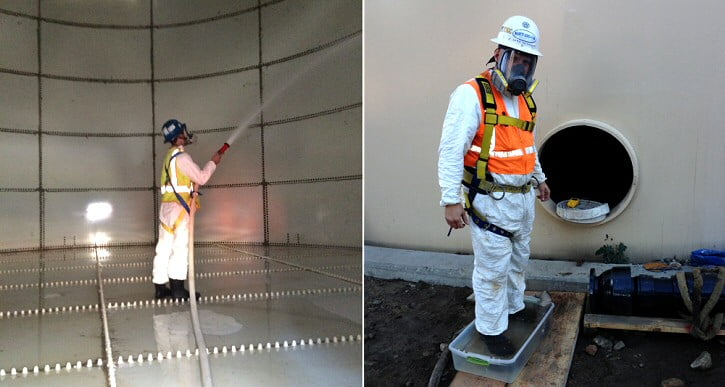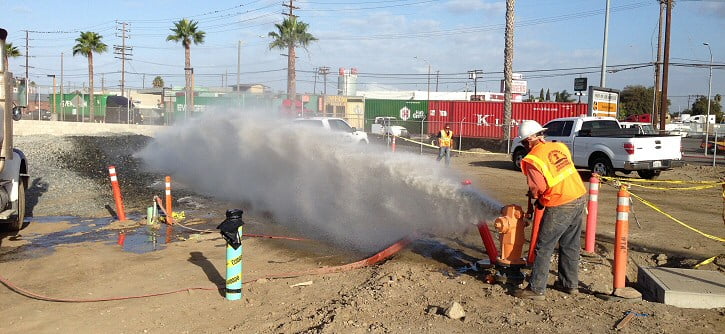Providing the Best Service:
Trained, Experienced, Certified Technicians:
Our technicians have received extensive training, have substantial experience and comprehensive knowledge, and are certified Water Treatment Operators who have mastered the required chlorination/disinfection skills such as:
- Operating metering pumps and other equipment.
- Calculating and monitoring chlorine dosage amounts, chlorine residuals, holding times, etc.
- Application of appropriate and required safety practices to protect workers and the public.
- Equipped to handle emergencies.
Always Available – Any Time, Any Where: Technicians are available 24 hours a day/7 days a week for any destination.
Prompt and Efficient: Everyone at Matt-Chlor appreciates that time is of the essence and that customers must meet the community needs by quickly restoring water services and that contractors must meet job deadlines.
Regulation Compliance: Our technicians strictly follow all applicable and required rules and regulations such as: AWWA Disinfection Guidelines, OSHA and DOT Regulations for handling and transporting hazardous chemicals, and use only NSF/ANSI Certified Chemicals, etc.
Licensed Contractor: We are a licensed contractor #724035 and bonded.
Insurance: Matt-Chlor is completely insured with commercial liability insurance, automobile insurance, and workers’ compensation insurance.







